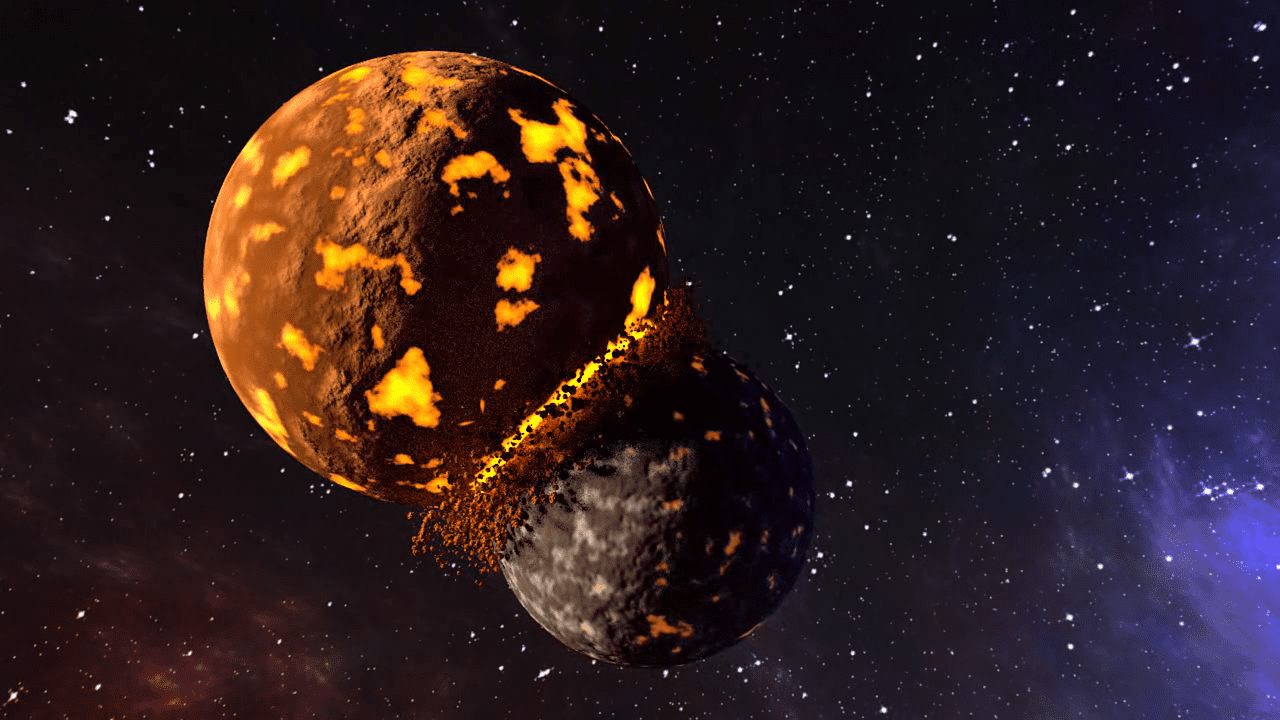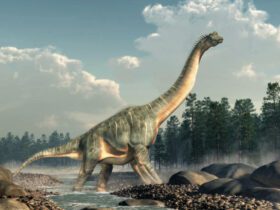Our solar system was formed by violent collisions between rocky bodies. The frequency of comparable accidents near other stars may be inferred from observations of similar crashes. There have been several collisions between planets in our solar system, notably Earth and the Moon, that resulted in the formation of most of the rocky planets in our galaxy. When rocks collide, they may either build up mass or break apart into smaller pieces, depending on how hard they hit each other.
New research in The Astrophysical Journal shows for the first time that the “rubble” from one of these impacts was seen passing in front of its star and temporarily obscuring the star’s brightness. In the eyes of astronomers, this is referred to as transit. It was possible for researchers to directly measure the cloud’s size after the collision, estimate the size of particles that impacted, and monitor how quickly it dispersed thanks to information of the star’s size and brightness.
The researchers utilized Spitzer to undertake more than 100 investigations of HD 166191 between 2015 and 2019 in anticipation of seeing proof of one of these collisions. A considerable quantity of dust is produced when planetesimals collide, even though they are too tiny to be seen with the naked eye. Those wavelengths are too long for the human eye to perceive, yet Spitzer found them. Detecting dust, such as that produced by protoplanet impacts, is a cinch with infrared imaging.
Past research
When rocky planets originate around young stars, NASA’s now-retired Spitzer Space Telescope has previously uncovered evidence of impacts like this one. However, these observations did not reveal much information on the smashups, such as the magnitude of the items involved. Investigations of HD 166191, a 10-million-year-old star headed by Su’s team, began in 2015. Planetesimals, or the seedlings of future planets, are formed when a star’s remaining formation dust congeals into stony entities. These disastrous collisions are more frequent when gas has scattered from the space between the two objects.














Leave a Reply